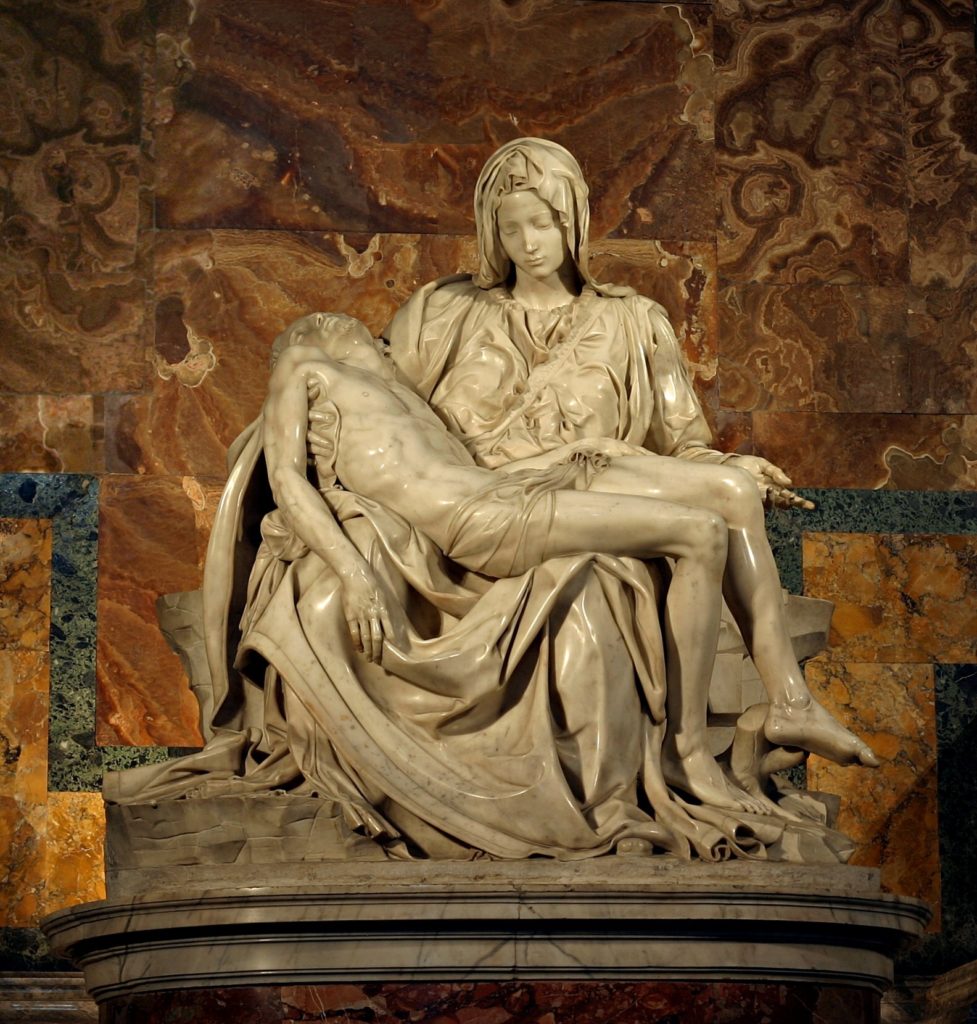I have encountered many novice writers who consider themselves top-notch editors and/or proofreaders because they revise their own works. They feel the “self-taught” way is the best method to learn. And, to a certain degree, it is a good teaching tool. We all have started out by proofreading our own writings.
The concern arises when a writer becomes satisfied with a piece of text. Perhaps, proofreading isn’t his or her best fit. Sometimes, writing is hard enough work. But, ALL text needs revisions, sometimes for many drafts. Here are some steps to make it easier for yourself.
To Proofread is to Chisel
When I was in graduate school I worked at the writing center, helping other students to perfect their papers. I remember another tutor who worked with me—an undergraduate—who refused to let anyone review his work. His hubris didn’t allow it. I was left to imagine his writing abilities. Of course, I never confronted him to show me his work, but my skepticism didn’t permit me to believe him, either. Perhaps he was a natural writer, gifted with such talents the way Michelangelo graced a rough slab of marble.
Most likely my fellow coworker was not a prodigy like the Renaissance artist. For argument’s sake, let’s say he was a talented writer. That would mean that he was also a good editor and proofreader, too. He would know when to make new paragraphs, shorten sentences, and use more powerful verbs.
Even Michelangelo, the most prolific artist ever to grace planet Earth, was a “proofreader” when it came to chipping away at a marble sculpture. He made corrections to his work, too. If he noticed a shoulder leaned too far to the right, he would need to chisel until it looked perfect. His attention to detail was unparalleled. It took time. And most importantly, Michelangelo realized that even his own Art needed revising.
Step 1: Prepare the Marble
Before you proofread a work, you should have completed it (or have completed a section). Having it finished provides a psychologically satisfying mindset that will allow you to begin proofreading. Also, you should note that you are checking for grammar mistakes, etc., not content. Knowing this will save you time.
Depending on the size of the work and the deadline before publishing, a separation from the project might serve you justice. Any time I finish writing a text, I never immediately begin proofing it. I wait. Sometimes, days pass before I begin the proofreading process. Giving your mind time to rest will allow you to notice errors better.
Probably the most important step that proofreaders seem not to follow is to print the work. Proofing or copy editing from a computer is not impossible, but it does not allow the same level of focus of a hard copy. By having the actual paper in your hands builds a genuine connection to the piece. You might take the proofreading more seriously.
Step 2: Chip Away
Now that you have a hard copy of the work in your hands, read it aloud. TWICE. Don’t write any corrections yet. Don’t even hold the pen. Sometimes reading it backward sentence by sentence will help to notice continuity errors. Each sentence should not repeat the prior, but build off it by adding something new. Delete any repetitive sentences immediately.
Another important step I use is not to fix any errors right away. Instead, I circle or underline issues that need correcting.
It is beneficial to have a dictionary and thesaurus open on your browser when you are proofreading. A helpful tip when using Google, I type, for example, “define dog” into the search bar instead of just “dog.” Try it. The search results are more specific.
Two of the basic sites any proofreader should use is https://www.dictionary.com/. Another site is https://www.thesaurus.com/. I even suggest getting the apps for your smartphone for mobile access. And perhaps the most critical website I used during my entire college career for information on citing and style is https://owl.purdue.edu/.
Step 3: Sand it Down
When completed, run a spell-check. Beware, however. Many times, they don’t acknowledge words in the same way as you may have meant them. Therefore, read it again. Some word processing programs, like Word, have a READ ALOUD option under the Review tab. Hearing another’s voice read the text could help you find errors.
Do you think you are finished? Not yet. Read it again. And again. Read and revise. Remember, this text is under serious review for publication at your firm. You are responsible. Your reputation as a professional proofreader is at stake and always under scrutiny from your peers.
Put the Masterpiece on Display
Once you feel as if everything is as good as possible, read it one more time. Then, hand it in. I cannot stress the level of importance a proofreader has when correcting a project. Strictly from a journalistic standpoint, an article will post to a site for thousands of visitors to view each month. You can take pleasure knowing you are part of the publishing process. You have contributed to a perfectly edited piece of work for the world to appreciate. You are the Michelangelo of the proofreading community!
To learn more about the editing process, you can check out my post on grammar and copy editing.
Leave a comment below.
~M
